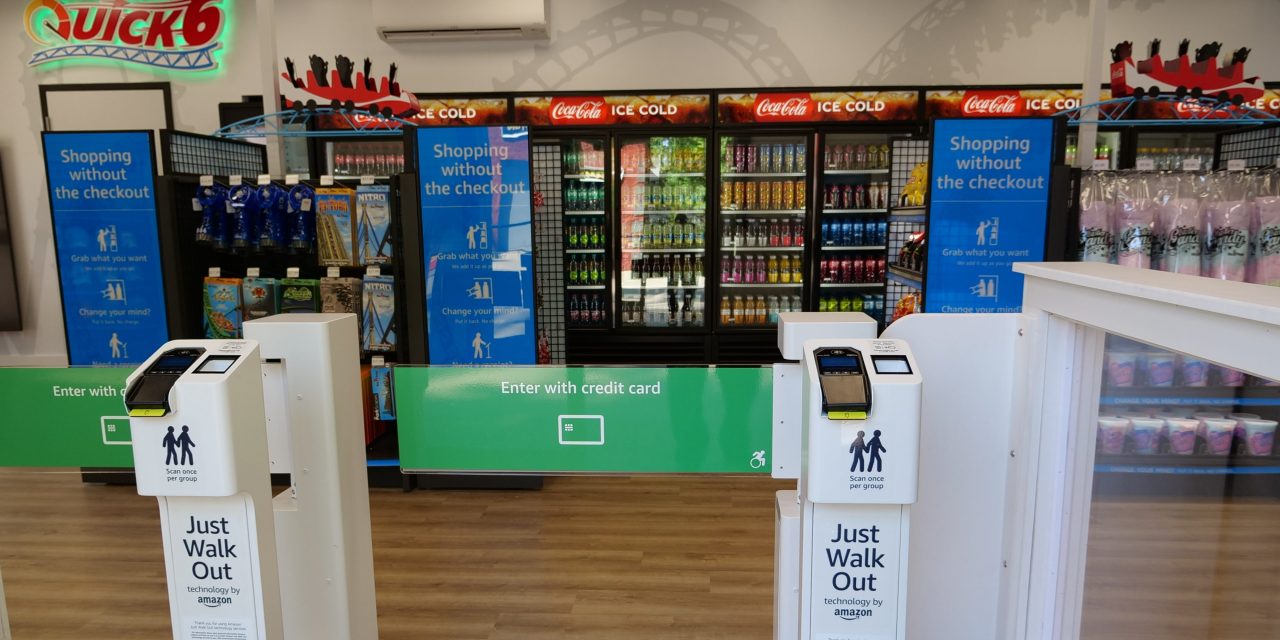What does Amazon’s checkout tech shift indicate for competitors?

In this edition of the weekly briefing, we examine Amazon’s recent decision to walk away from its automated self-checkout technology in grocery stores as seen in data from Modern Retail+ Research.
Interested in sharing your perspectives on the future of retail, technology and marketing?
Apply to join the Modern Retail research panel.
Amazon sunsets in-store tech, but may focus more on operations
Breaking News: Amazon has announced that it will no longer be using its automated self-checkout technology, Just Walk Out, from its U.S. grocery stores. Instead the company has decided to use Dash Carts in its place. Dash Carts are smart grocery carts that have scanners and scales built into it that allows customers to scan items in their carts and pay through the tech, allowing them to skip the checkout line.
Interestingly, the Dash Carts require more customer input but seem to perform better than the automated Just Walk Out tech. Despite the advances in automated tech, customers still seem to prefer solutions that give them some control over the process. What might be a better investment for retailers and brands is adoption of tech behind the scenes.
Questions: What are some areas retailers can adopt tech behind the scenes? What are the operational benefits of these adoptions?
Answers From Research:

Robotics is an area that retailers are looking towards to strengthen their operations. In particular, the effects of the pandemic on the retail landscape shifted customers to ordering more online. While down from their pandemic peak, the e-commerce floodgates have burst open and sales are surging. Online orders will account for 30.5% of total retail sales by 2026, according to Edge by Ascential data. As the largest driver of retail growth in the U.S., online order fulfillment will be a priority for retailers to stay competitive in a booming digital retail market.
Some retail giants, anticipating the arrival of an e-commerce boom, invested in robotics technology early on. Amazon, for instance, spent $775 million to purchase Kiva systems in 2012, considered by some to be a risky investment at the time, as Kiva was a young robotics company with a fleet of mobile robots only capable of simple tasks. However, those simple tasks, like moving products from warehouse shelves to workers, have eliminated warehouse inefficiencies and reduced strenuous physical labor for workers.
This ability to package three or four times the amount of digital orders was a major contributor to Amazon’s ability to keep up its two-day shipping promise. An added bonus: Human workers are no longer walking 12 miles a day on concrete floors to pick orders. “If you’re not 20 years old, you’re a broken person at the end of the week,” said Marc Wulfraat, founder and president of supply chain consultancy MWPVL International. Robotics-fueled collaborations with human workers have augmented productivity — and the employee experience.
Want to learn more: Modern Retail+ Research’s analysis of robotics examines areas that retailers can leverage robotics in their supply chain.
READ MORE ABOUT ROBOTICS
See research from all Digiday Media Brands:
